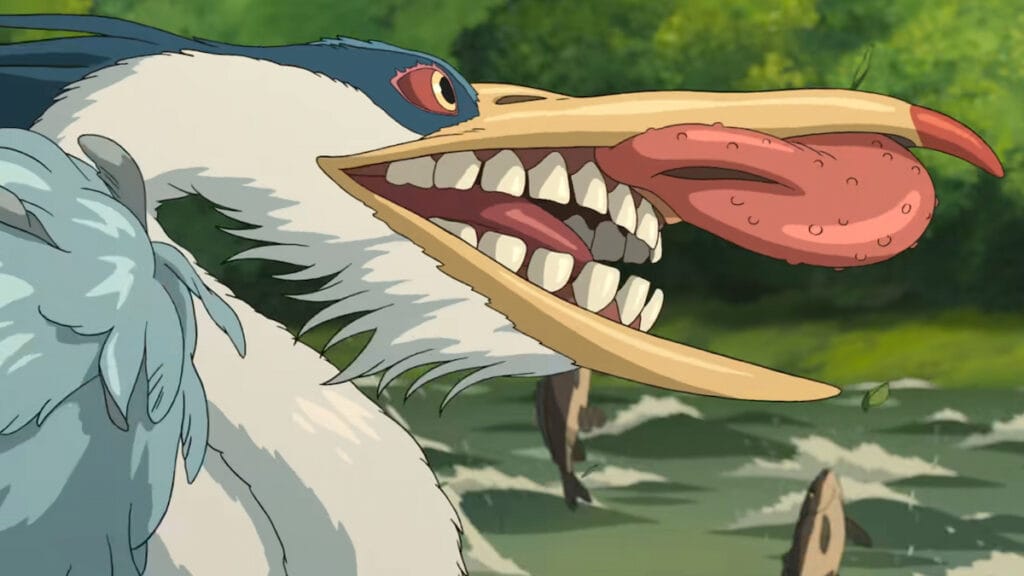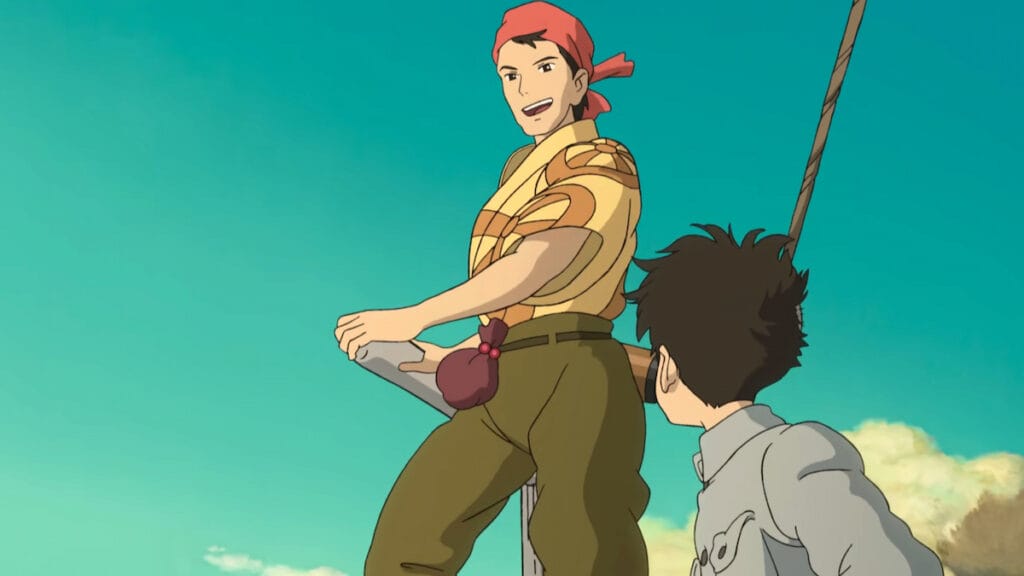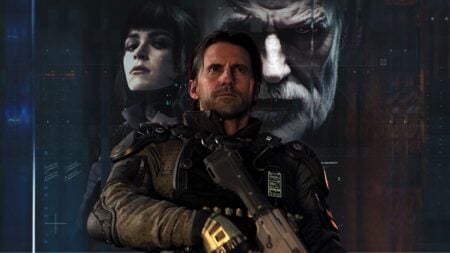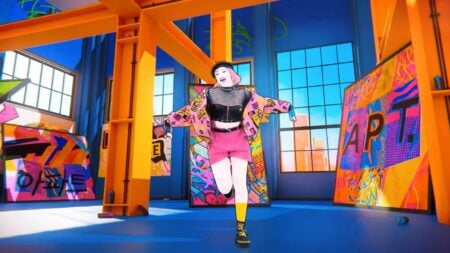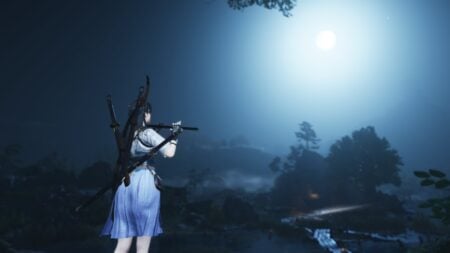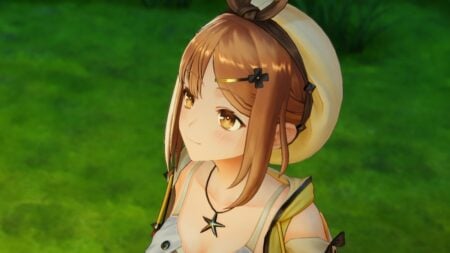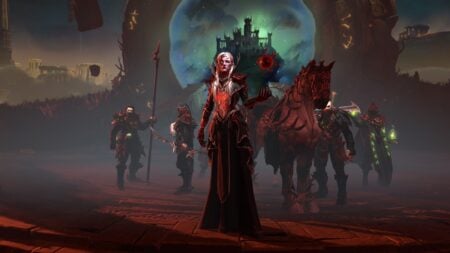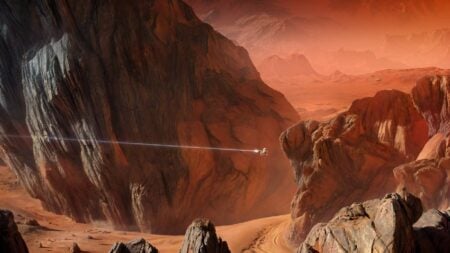Skip To...
Even though we all thought he had retired, Hayao Miyazaki (Ponyo, Spirited Away) has returned with another animated film, produced by Studio Ghibli. Written and directed by Miyazaki, The Boy and the Heron is a compelling animated film that follows a boy named Mahito (Soma Santoki/Luca Padovan). One year after his mother dies in a hospital fire, his father Shoichi (Takuya Kimura/Christian Bale) marries his Aunt Natsuko (Yoshino Kimura/Gemma Chan), and they move into her house in the countryside. Mahito becomes taunted by a grey Heron (Masaki Suda/Robert Pattinson), who tells him that his mother is alive and waiting for him.
The Heron leads him on a journey to another world, which is the film’s fantasy setting. In his real world, Mahito is living through the Pacific War. His father runs a factory that produces military aircraft while his mother was presumably killed in an air raid. He runs toward the fantasy world to find his mother but to also find the pregnant Natsuko, who has disappeared. The film’s narrative follows the balance between Mahito’s past and future, reflecting the autobiographical background of the story.
The Path Forward
The Boy and the Heron is ultimately about change. We meet the protagonist right before his mother’s death, and most of the film takes place one year after it. He’s grieving, but he’s respectful and well-behaved, so he feels like he needs to internalize his pain for the most part. Thankfully, the film doesn’t spend much time showing how he doesn’t fit in at school. His family is portrayed as affluent compared to the rest of the children, and he manages to get into a fight. But, all of this is shown in a montage, which does wonders for the film’s pacing.
For as much as it reflects Miyazaki’s personal story, you could sit down and unpack the meaning of the movie for hours. Miyazaki has seemingly distilled his feelings about his career, and the future of Studio Ghibli, while telling a fantastical story. Yet, the ending is bittersweet and uncertain. Mahito moves on from the film’s story, leaving it behind him. In doing so, he is forging his own path – an uncertain one that might lead to ruin – but it’s his own path nonetheless. As much as The Boy and the Heron is about change, it’s also about acceptance.
The ending of the film is quite abrupt. The story concludes and promptly ends with a tiny glimpse at Mahito’s future. It fits the narrative well, but the ending does feel rushed. The Boy and the Heron is not without a resolution – in fact that might be one of the stronger parts of the movie – but it did leave me wanting a little more. The plot line with Mahito and Natsuko did feel rushed, and to a point, forced.
The Boy and the Heron Is a Visual Feast
It has been an incredible year for animated films, and The Boy and the Heron earns its spot among them. It is a masterpiece in animation, using every part of the frame to build suspense or wrestle a laugh from the audience. At the beginning of the film, when Mahito’s mother dies in the fire, the onlookers are reminiscent of Munch’s The Scream, nearly melting out of the frame. The final act has similar effects that drive home just how gorgeous the film is. It also feels alive, the characters aren’t stagnant. They might not be living, but they’re breathing.
To top it off, there is a sandwich in the movie that made me incredibly envious, as it looked utterly delicious. Miyazaki has an unimpeachable style in The Boy and the Heron. Sure, his wild-looking characters are well known, and the grey Heron is another example of that. But, towards the end of the film, Miyazaki gets somewhat Lynchian. The movie gets strange in the best way, and it made me think of some of the odder episodes of Twin Peaks. The style here isn’t a detraction because the film commits to it. It gets stranger and stranger from the start, until the abrupt ending.
The score is one of the most impressive elements of the movie, adding a perfect undertone to every scene. As Mahito uncovers the world, the score highlights his curiosity, and that occurs for virtually every other feeling Mahito has. Joe Hisaishi’s score demands your attention but it doesn’t distract from the narrative, never interrupting the flow and instead constantly reinforcing it.
Compelling Fantasy Characters
The Boy and the Heron’s characters are interesting and multi-faceted. Mahito is a child, so he tries to do the right thing, but his impulsiveness does lead him into trouble. The Heron is funny, and he’s a good foil to Mahito. As for the performances, Santoki and Suda (I watched the Japanese version of the film with English subtitles) stood out. Their back-and-forth throughout the back half of the movie felt natural amidst the fantasy setting. Natsuko comes across as warm, but her limited time with Mahito does make the film’s resolution feel rushed.
The characters met in the fantasy world won’t be spoiled here, but there are three strong characters with great performances in the back half of the movie. Two of them are Lady Himi, voiced by Aimyon and Karen Fukuhara, and Kiriko, voiced by Ko Shibasaki and Florence Pugh. Ultimately, nobody feels out of place, and none of the performances fall flat.
It’s hard not to appreciate the complexity that is conveyed in the 124-minute runtime. The Boy and the Heron tells a moving story about grief, change, and maturity. It has a fantastic and clear narrative that rarely strays from its course. And it is packed with beauty in every frame. Full of emotion with a spectacular style The Boy and the Heron is one of the best movies of the year. You should see it for yourself when it comes to theaters on December 8, 2023.
The Boy and the Heron
A nearly flawless masterpiece by Miyazaki that manages to perfectly balance beauty and substance.
Pros
- A compelling story with multi-faceted characters.
- Fantastic animation that is impressively gorgeous.
- Phenomenal score.
Cons
- The ending feels rushed.
- Characters seem forced into changing quickly to move the plot along.


